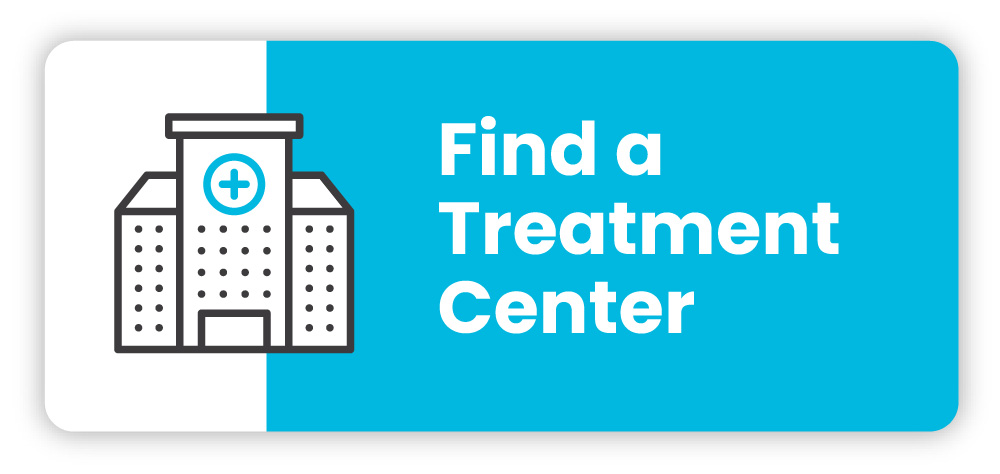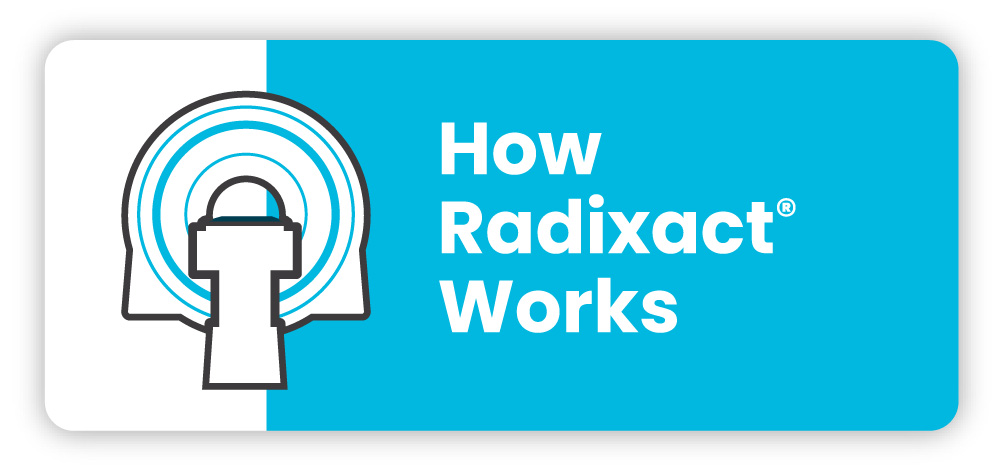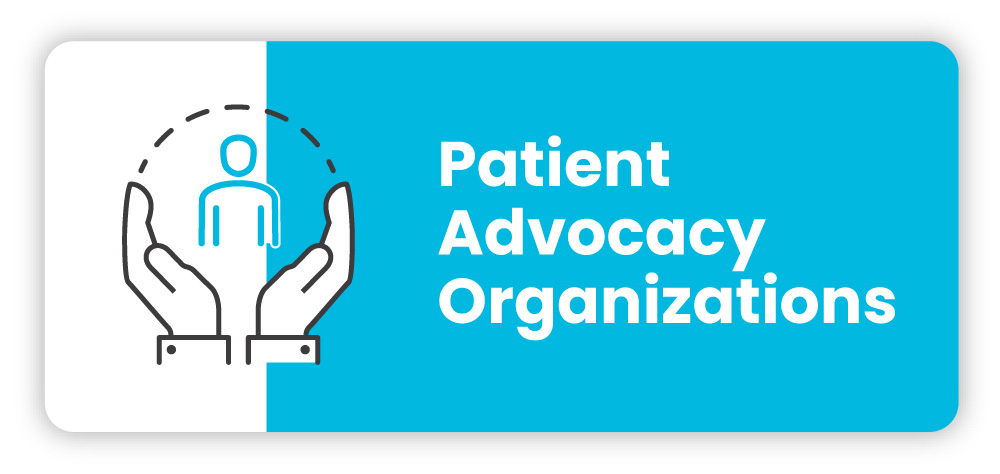It’s 2022 and Mark continues to do well following his TomoTherapy® treatment, but his story begins 17 years ago. Please read on to learn more.
In August of 2009, 45-year-old Mark completed his first full (140 mile) Ironman in Louisville, Kentucky. Most people never think about attempting this type of athletic challenge but for Mark, it represented a very special achievement. Just over four years earlier, he faced the distinct likelihood that distance running might never be possible for him again. While shaving one morning in February 2005, Mark noticed a small lump by his ear and thought he “might be coming down with something,” like a cold or flu. A week passed with no illness and no change in the lump, so Mark visited a doctor who diagnosed him with a clogged saliva gland and prescribed a course of antibiotics. When the antibiotics didn’t help Mark was next referred to an Ear, Nose and Throat specialist who scheduled an operation to remove the lump. A health-conscious endurance athlete and non-smoker, Mark was in such a low-risk category that no one mentioned the possibility the lump could be cancerous. Though Mark too hoped this was the case, he decided to get a second opinion before surgery. He enlisted the help of his sister, a critical care doctor, who referred him to the Brown Cancer Center at the University of Louisville Hospital where a needle biopsy was performed to identify the cause of the lump.
Diagnosis and a Treatment Plan—All in the Same Month
A week later, in mid-March 2005, Mark was diagnosed with secondary squamous cell cancer. Though this was still a stage one (basic) cancer, the concern was that the doctors had yet to locate where the cancer first formed in the body. Understandably shaken by this news, Mark was grateful his sister had accompanied him to this initial meeting, as she was able to provide, in Mark’s words, ‘technical support,’ making sure he received the correct information and understood the medical terminology. Mark was then referred to Dr. Jeffrey Bumpous, an ENT (ear, nose and throat) surgeon and cancer specialist. On March 31, 2005, Mark underwent a bilateral tonsillectomy and a right modified radical neck dissection. The pathology demonstrated 3 nodes with metastasic squamous cancer in the upper neck and squamous cancer in the right tonsil. Though the doctors removed the cancer, Mark remained at risk for residual microscopic cancer and they recommended radiation therapy to the tonsil and neck. A husband and father to a 14-year-old daughter and 10-year-old son, Mark agreed with their recommendation: “Chances were good they got it, but because of my wife and children, I didn’t want to take any chances.”
“Don’t realize what you’ve got until you’re about to lose it.”
Mark’s next step was to learn more about radiation therapy treatments. He discovered that the side effects of standard radiation treatment to the neck and throat could include irrevocable damage to and/or loss of teeth, voice box and salivary glands. A triathlete and distance runner since high school, he was concerned that the athletic lifestyle he had enjoyed for so many years was about to become a thing of the past. With this information in hand, Mark started asking questions and doing research on the Internet (and with the help of his sister) to find out what he could do to minimize the risk of these side effects and maintain his quality of life. Mark was referred to Dr. William Spanos at the James Graham Brown Cancer Center in Louisville, Kentucky. Mark described Dr. Spanos as a ‘good listener,’ who understood how important it was to Mark to continue his athletic interests in his daily life. The radiation team told Mark he was a good candidate for treatment on the TomoTherapy® System—technology that was new to the hospital at the time. Explaining that the machine enabled them to better target the radiation to reduce the impact of treatment on the teeth, voicebox and salivary glands, Dr. Spanos presented TomoTherapy as the best option for achieving Mark’s treatment goals. Mark agreed to the treatment plan without hesitation: “I’d reviewed his (Dr. Spanos’s) history and he had a pretty outstanding track record.” Because TomoTherapy was new technology at the time, Dr. Spanos was upfront about treatment being a collaborative process between Mark and the radiation therapy team to determine the best way to keep him still during the radiation sessions. For Mark, the extra time and effort was well worth the chance to preserve his active, athletic lifestyle.
“Never missed a full day of work.”
A parts and service manager for a large RV store, Mark continued to work while undergoing radiation therapy. With the cancer center just five minutes from his office, he was able to do most of the thirty-five treatments during his lunch hour.
“My body reacted well, or the system was that good.”
Mark credits TomoTherapy radiation treatments for keeping him on track with his active lifestyle. “Three weeks into treatment, things started tasting not so good,” Mark said. By week six, he was starting to tire more easily and everything had begun to take on a metallic, rust-like taste. Mark recollected some long dinners around this time when he “would sit down and make (himself) eat until it was all gone.” His perseverance paid off, and he lost only fifteen pounds during treatment. Mark understood his side effects were minimal when he compared them to what he saw in the waiting room during his lunchtime appointments: “I saw other folks doing treatments on different machines and they weren’t faring as well as I was. I could tell by the way their necks were swollen, blistered and by (their) eating tubes.” Beyond some markings on his neck, hair loss along the back of his head and mild weight loss, Mark doubts anyone would have known he was undergoing radiation treatments.
“No doubt in my mind I received the best treatment possible.”
Two weeks after ending radiation treatments, Mark’s hair started growing back and he regained his sense of taste. After two months, Mark could eat or drink anything—including hot, spicy foods—and felt his life was almost entirely back to normal.
Now, 17 years later, “a lot has gone on” in Mark’s life. He still works in the RV industry, though took some time off to go back to school. Mark earned a degree in Health and Human Performance at the University of Louisville “because I wanted to go finish my college stuff that I didn’t do when I was younger.” He’s had the chance to watch his two children grow up. His daughter has graduated from college and is married, while his son is getting ready to graduate. Mark, a proud father, said, “they’re both doing really, really, well.”
Mark is still active though he doesn’t race in marathons or Ironmen competitions as much anymore. Time has marched on and he noted, “I think it’s finally catching up with me.” The distance and time required for training also no longer fit within his life. To stay in shape Mark cycles around Louisville and runs shorter distances. He feels fortunate that he doesn’t need to carry a water bottle with him to help manage salivary gland related radiation side effects.
In reflecting on his treatment experience Mark said, “I had great doctors. I think any radiation system would have treated me, but the outcome would have been so different. Like I always tell everybody, I don’t know that TomoTherapy saved my life, but it saved my quality of life. I’m still working. As far as I can tell I’m healthy. You never know, but life is very good. I’m turning gray and getting older, but that’s a good thing.”



